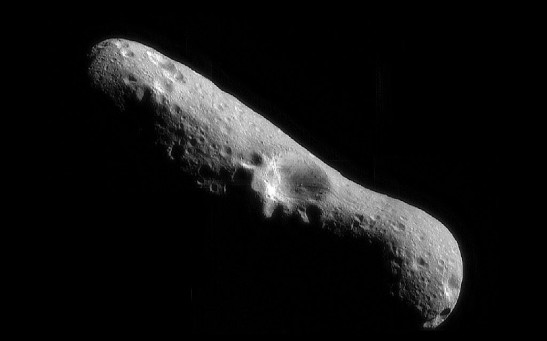science

Cassini Approaching For Its Final & 127th Flyby Towards Titan [Watch]

Facebook Plans To Expand Its Internet Reach Via Helicopters And Drones
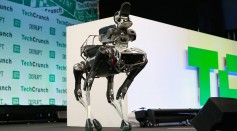
Robotic Cheetah: Researchers Create Robotic Version Of The Fastest Running Animal
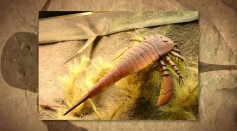
Ancient Sea Scorpions Used To Hunt Their Prey With Their Serrated Tail Spine

FDA Approves gammaCore: A Therapy Device Which Reliefs Headache Pain in Minutes
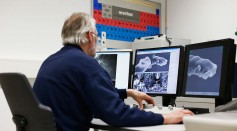
Scientists Develop Fluid With Negative Mass That Defies Newton’s Law Of Motion
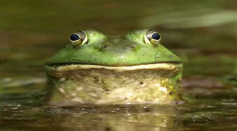
Frogs Can Kill H1N1 Flu Viruses With The Peptide From Their Slimy Mucus

Samsung Galaxy S8: More Enchanting, Best Screen But Hefty Price Tag

GoPro Added Sennheiser MKE 2 As The Compatible Mic For Hero4 For Capturing High Quality Sounds

NOAA Successfully Tested Their GOES-S Satellite In Thermal Vacuum Chamber
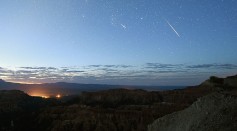
The ‘Music Of The Meteors’: Is It For Real?
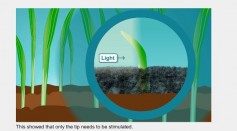
Advanced Biological Sensors Are Designed To Analyze The Activity Of Plant Hormone Named Strigolactones
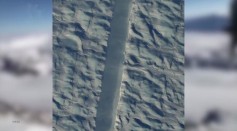
NASA Photographed Huge Crack In One Of The Largest Glacier In Greenland

What Sounds Have To Do With Making Products, Foods Appear Larger In Commercial Ads
Most Popular

How Technology Is Changing the Real Estate Industry?

Nikolay Karpenko Biography, Photo, Career, Accomplishments

How a Plant-Based Diet Can Protect Against Breast Cancer: Insights from Nutrition Research

The Role of AI in the Next Generation of Logistics: Insights from Tobias Waldhecker

